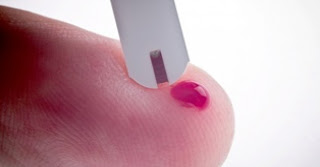here! The Diabetes Canada Guidelines now
has a full chapter dedicated to the important topic of driving safety in people with diabetes.
Diabetes can affect driving performance because of the risk of low blood sugars with some medications (see below), because low blood sugars can delay reflexes, cause confusion, or loss of consciousness. Complications of diabetes can also affect driving safety, including eye complications affecting vision; nerve complications (can affect sensory and/or muscle function); amputation; and vascular disease (heart disease or history of stroke).
Here are some of the Key Messages For People With Diabetes from this chapter:
1. If you take insulin, or a diabetes medication that can cause low blood sugar [sulphonylureas: eg. gliclazide (Diamicron), glyburide; or meglitinides (repaglinide (Gluconorm)], check your blood sugar:
- immediately before driving
- if you develop symptoms of low blood sugar while driving (pull over immediately in a safe location)
- at least every 4 hours while driving, or more frequently if there are factors that may increase your risk of low blood sugar (eg recent activity, missing a meal)
- at least every 2 hours while driving if you have a history of recurrent severe hypoglycemia or if you have hypoglycemia unawareness (you don’t feel it when your sugars are low)
3. If a low blood sugar develops while driving:
- STOP the vehicle in a safe location
- REMOVE the keys from the ignition
- TREAT the low blood sugar and WAIT before driving again (see above)
4. Always keep a glucose meter, supplies, and a source of fast acting carbohydrate (eg dextrose tabs) with you, and within easy reach, if you take any of the above medications or insulin.5. On longer journeys, take regular meals, snacks, and periods of rest.












